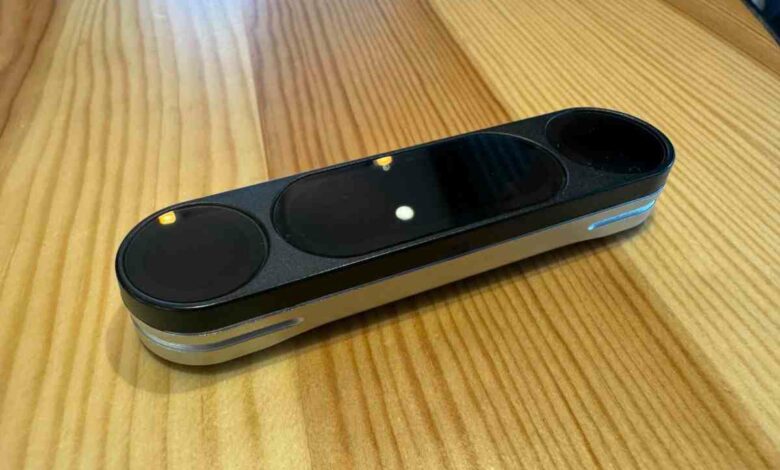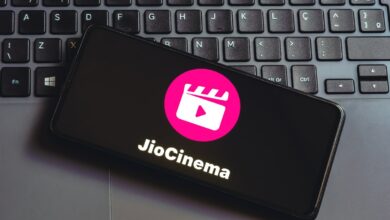Ultraleap is bringing haptic touch to cars and VR headsets

In May 2019, Ultrahaptics and Leap Motion became Ultraleap (not to be confused with Magic Leap, which operates in the same space). It’s a name change representing the marriage of two different, yet related, tech startups. Ultrahaptics naturally got top billing, as it was the one doing the acquiring – paying around $30 million for the hand-tracking firm.
After failing to meet up at CES (thanks, COVID), I met up with co-founder and CEO Tom Carter at a coffee shop away from the maddening crowds of MWC 2024 to discuss life after acquisition. Carter became the CTO of the new company after serving the same role at Ultrahaptics for six years.
At the acquisition’s center is a push to merge both companies’ existing technologies. The emerging world of extended reality (XR) is the first target. “I think it’s a long-term vision for XR,” Carter said of the deal. “It’s not really a vertical. It’s a lot of different things, and a long-term vision is interacting with 3D content.”
Leap Motion is the older of the two. Founded in 2010, the Bay Area–based startup was best known for the Leap Motion Controller, a small peripheral that sports a pair of IR cameras and infrared LEDs, which are used for hand tracking. The company settled on VR as a primary use case not long after Oculus shipped its first headset to Kickstarter backers.
The initial product wasn’t particularly elegant, as it was designed to be mounted on the front of a VR visor. Ultimately, Leap Motion’s initial hype didn’t translate into lasting success, due in part to many companies’ decision to go in-house for hand-tracking solutions.
Founded by a pair of University of Bristol students three years after Leap Motion, Ultrahaptics harnesses ultrasound waves to create tactile feedback. The technology is being focused on two initial verticals. The first is automotive, using a console-based speaker that fires upward to deliver a sense of tactility to in-car heads-up displays. This will be accomplished through direct partnerships with carmakers.
The second is XR. This, naturally, is where Leap Motion’s technology comes into play. The joint company is working to integrate the two into a device that gives you tactile feedback as it tracks your hands. The resulting product would be one that would bring a sense of weight to the virtual landscape. The lack of sensory feedback has long been an issue in the space.
Certainly Ultrahaptics isn’t the first attempt to address this. A common solution involves wearing a pair of gloves with more traditional haptic motors — like the kind found on phones — built in. Carter doesn’t believe that adding more wearable tech into the mix is the solution most XR users are looking for. Instead, the system would take the form of a small “puck” that sits on the floor, sending waves up to the hands.
This isn’t the only configuration the technology can work in. Much like the earlier Leap Motion product, it would be possible to mount a device to the front of the visor, but directionality is important. From below, the ultrasound waves create a sense of resistance. If they’re coming off the user, however, the force moves in the opposite direction.
Last month at CES, the company showed off Sensation Designer, an important step toward commercializing the joint technology. It’s a software package designed to give developers the ability to bring haptic experience to XR. A demo experience at the event involved a virtual bonsai tree. The Leap Motion tech determines your hands’ orientation in space, while haptics provide tactile feedback when you come into contact with the virtual object.
In its final form, it could provide an added sense of reality to the virtual experience, from gaming to enterprise applications.
Source link





